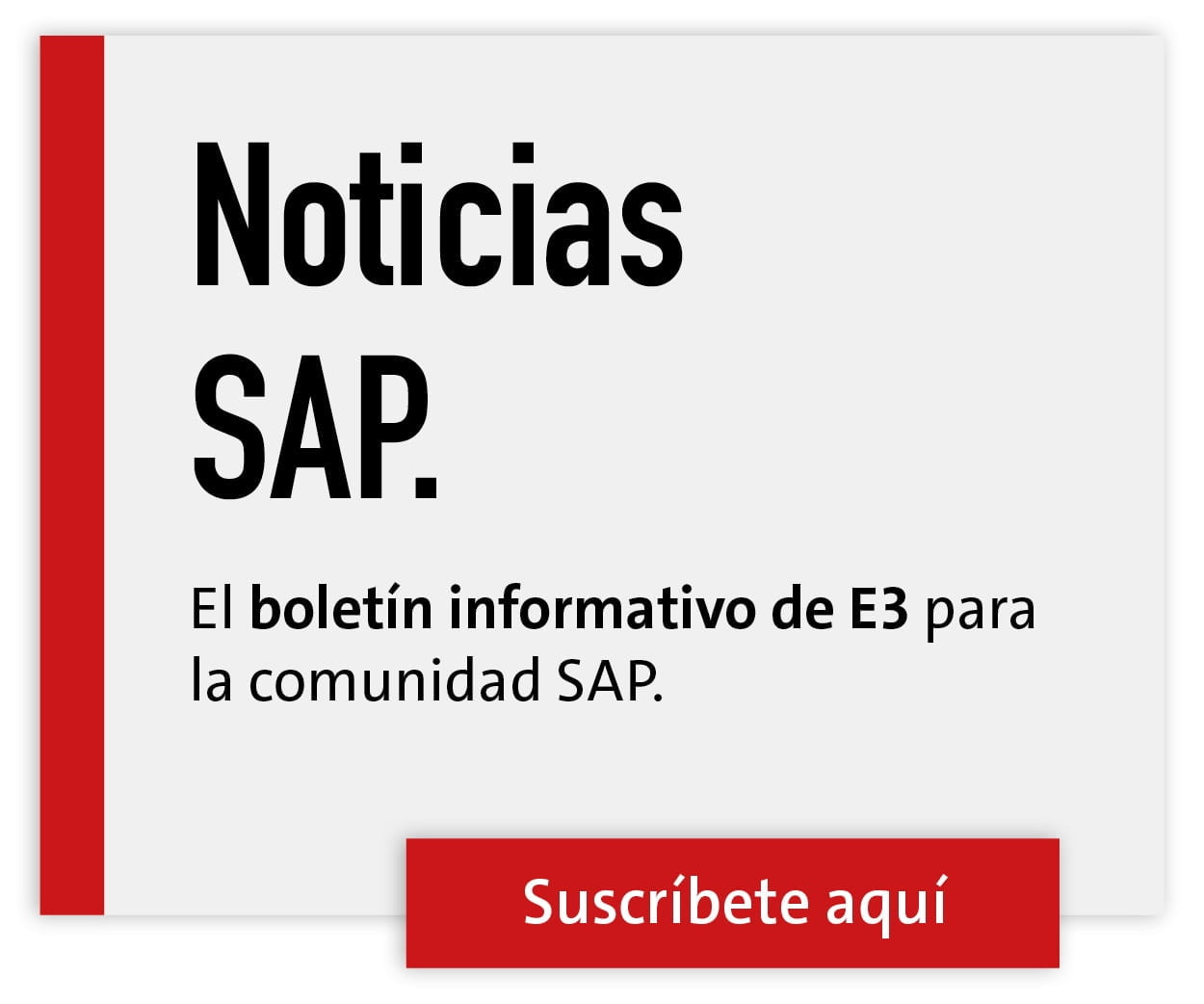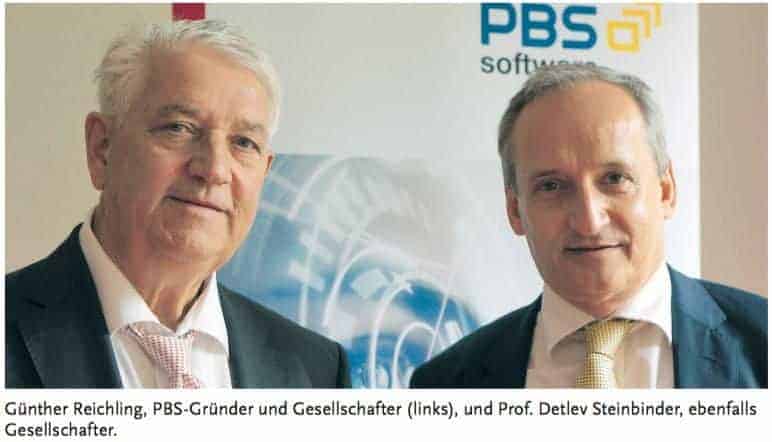Use archiving more aggressively


What does the conversion from SAP Classic to S/4 Hana or SAP Hana-based application systems mean for PBS?
Günther Reichling: As a provider of SAP add-on solutions, we follow SAP's strategy. This was the case with the R/2-R/3 switch, and it is also the case now with the swing from ERP ECC to Hana or S/4 Hana.
For example, there are over 1000 PBS customers in the archive add-on area, including very large companies. All of them generate and archive data in the Business Suite.
Anyone switching to S/4 wants to take their archive with them into the new world and also use PBS functionalities there. And we make sure of that. Two customers who have switched to S/4 are already using the PBS solutions geared to the new world.
But the innovations don't only affect the archive add-ons, do they?
Prof. Detlev Steinbinder: The realignment applies to practically all PBS solutions. In addition to the Archive Add-ons, with which SAP users can display or report data, this concerns, for example, the ContentLink archive server, in order to be able to seamlessly read or print documents or lists from an archive system in the new world.
This means that we take care of the archive, i.e. the storage of data. On the other hand, we display business data or content directly in the SAP system.
The PBS add-ons interpret the table data. The archive server ensures that, in addition to the table data, documents and lists are also available in the SAP application at the push of a button. The archive data is more than ten years old at some customers.
Are all PBS products already "S/4 or Hana compatible", so to speak?
Stone trusses: We are more than 80 percent through and expect to be providing the current functional state for the new world by the end of the year.
You simply have to see the following: In the S/4 Hana world, accessing data via apps is an innovation. Today, you access data via the SAP GUI interface.
What's happening now is that information from SAP is being made available via apps and browsers, for example on mobile devices. We still have to make certain adjustments here.
Currently, customers are primarily using S/4 Hana via the SAP GUI and then successively activating apps. In this respect, we are effectively moving in parallel with SAP customers in terms of time.
PBS emphasizes supporting users with the Archive Add-ons during the S/4 migration. What is meant by this?
Stone trusses: Anyone preparing an S/4 migration would do well to streamline the existing ERP database. So if you don't archive at all yet, you should think about archiving now at the latest.
And if you are already archiving, you should consider archiving more aggressively. This is precisely in order to slim down the database before a migration and to be able to work with minimized storage resources in Hana operation afterwards.
SAP customers attach different importance to the topic of archiving. In your experience, why is that?
Reichling: There are various reasons for this. One thing is certain: the data growth of SAP systems - be it SAP Classic or S/4 or BW/4 Hana - continues to increase strongly. Sooner or later, archiving will be addressed.
It has been shown time and again: Anyone who deals more intensively with the topic or uses archiving intensively with its various facets will benefit from it. In this respect, we do not see the end of the line in terms of archiving or nearline storage by any means.







